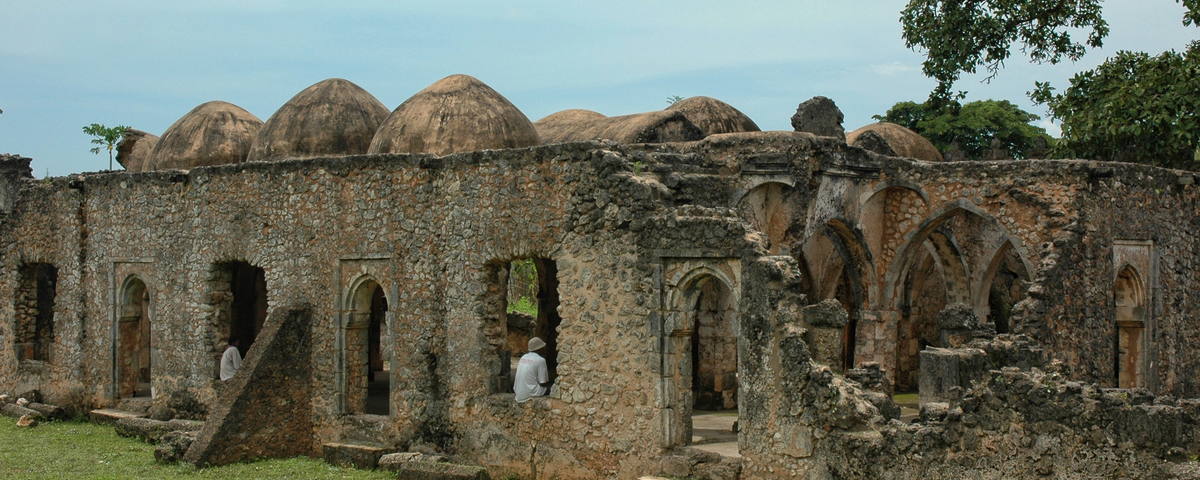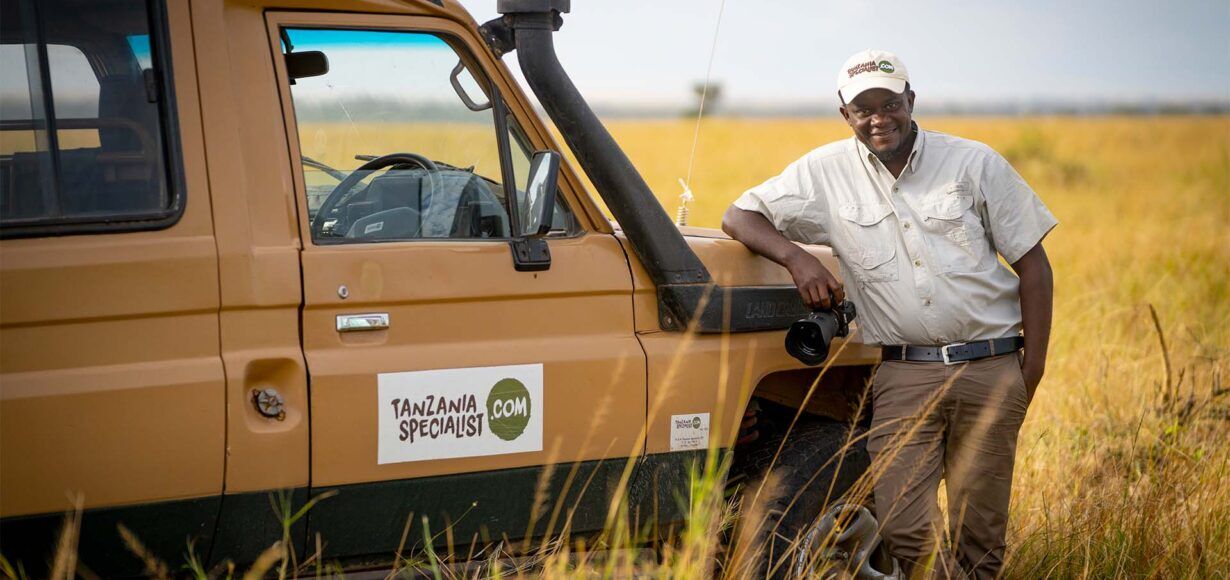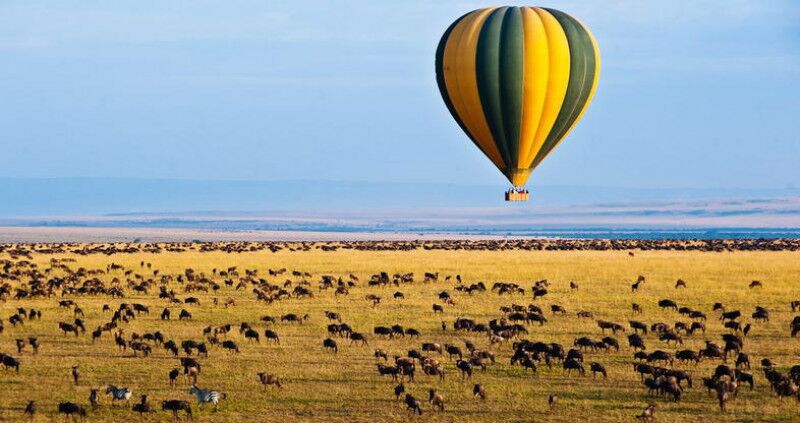Kilwa Kisiwani Island is located in southern Tanzania, a short boat ride from the mainland and was once a thriving seaport. It was first occupied from the 9th to the 19th centuries by Oman Sultans and Persian merchants. Then, from the eleventh century onwards, the sultans of Kilwa became rich by controlling the gold trade. Historically, it was the center of the Kilwa Sultanate. This was a medieval sultanate whose authority at its height in the 13th-15th centuries It stretched the entire length of the Swahili Coast.
Historic buildings of Kilwa
The Great Mosque and the Palace in Husuni Kubwa are the most important standing ruins from this period. The palace was unrivaled in East Africa for its architectural sophistication and grandeur. The Great Mosque was founded in the 14th century and until the 16th century it was the largest mosque in sub-Saharan Africa. The Great Mosque of Kilwa built by the ruler of Kilwa Kisiwani, Sultan al-Hasan ibn Sulaiman. It was the largest mosque of its kind in East Africa. The mosque accommodates two mosques, all constructed with coral stone mixed with limestone materials. This made the architecture stable to survive all weather conditions for centuries. The Portuguese built a fortress here in 1505.
Kilwa Kisiwani today
The world Monuments Watch lists Kilwa Kisiwani in 1996 and the island’s historic sites in 2008. In the same year, WMF began conservation work. On Kilwa, the ruins of the palace of Husuni Kubwa and a collapsed part of the original city wall near the Makutani palace have since been restored. In March 2014, the nature conservation team completed the restoration of 13 structures and the reconstruction of the main water reservoir on Songo Mnara. Kilwa Kisiwani and Songo Mnara are some of the most significant historical sites along the East African coast. Both were declared UNESCO World Heritage Sites in 1981.
Travel time to Kilwa Kisiwani
From Dar Es Salaam 5.5 hrs by car
Travel Tips from our experts about Kilwa Kisiwani
My name is Omar and I am a guide in Kilwa for 7 years. Our guests mainly come here because of the historic importance of the site. Since restauration work was completed they enjoy it even more as you get the feeling of former grandeur standing in the mighty ruins.
How long to stay? 1 day minimum
Which hotel?
- Kilwa Seaview Resort
- Kilwa Beach Lodge
- Kimbilio Lodge
Information and facts
Kilwa Kisiwani is located on the island of the same name. The town has a long history and visible Omani, Persian and Portuguese influences. Stroll through this historic old town and get to know a completely different facet of Tanzania.
Facts about Kilwa Kisiwani
- Located in southern Tanzania
- UNESCO World Heritage Site since 1981
- Listed on World Monuments Watch since 1996
- Restoration carried out by WMF
Highlights in Kilwa Kisiwani
- Built by a medieval Swahili sultanate
- Large mosque from the 14th century
- Sultan’s palace
- Portuguese fortress from 1505









